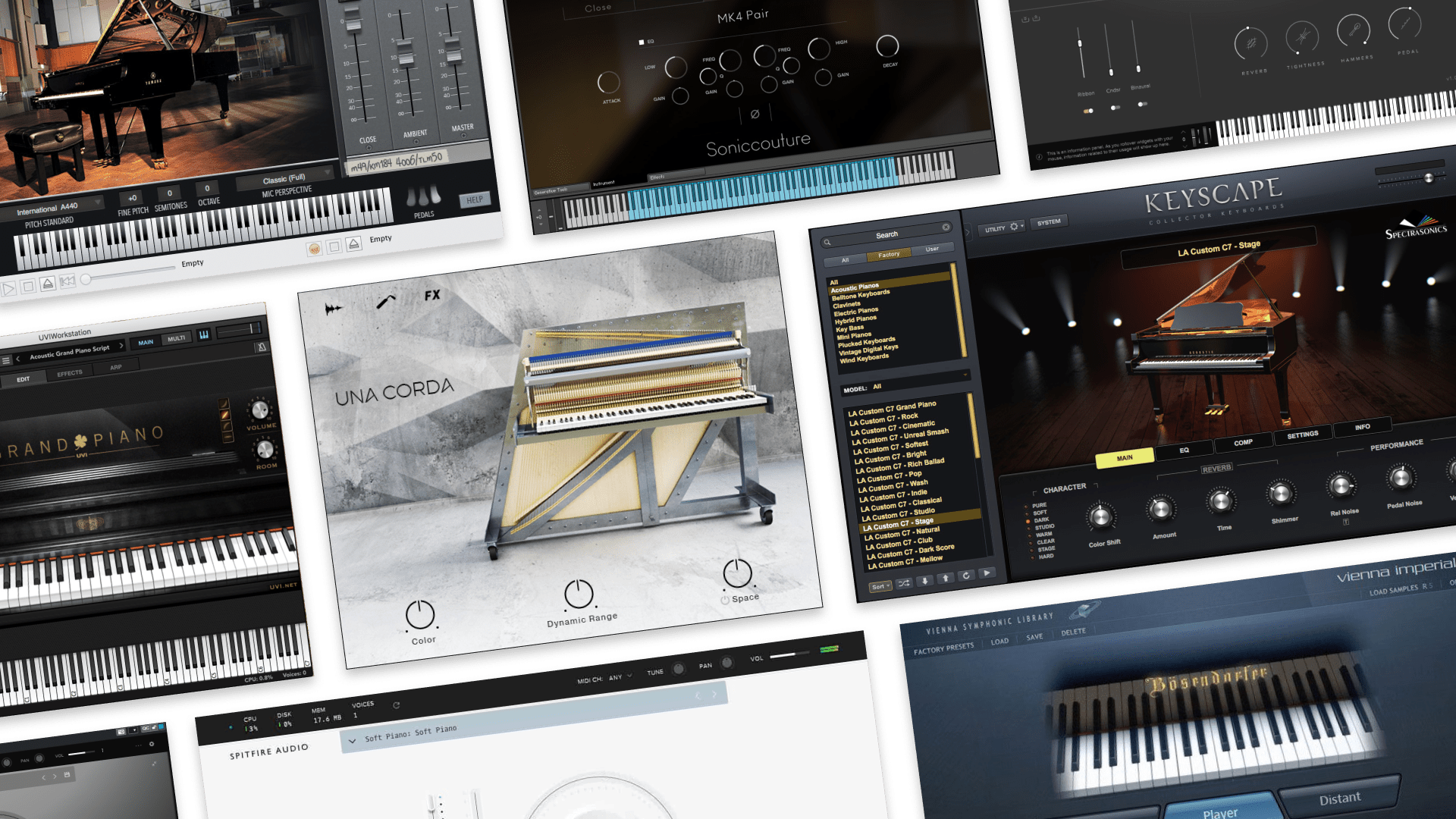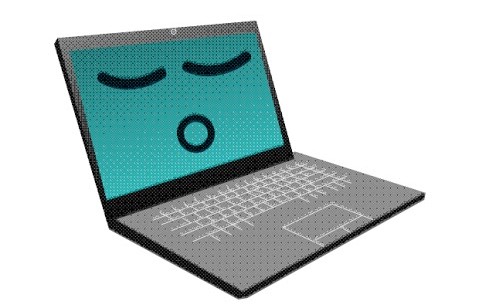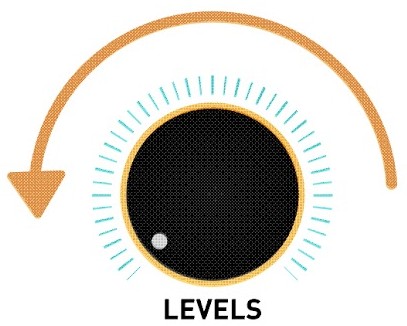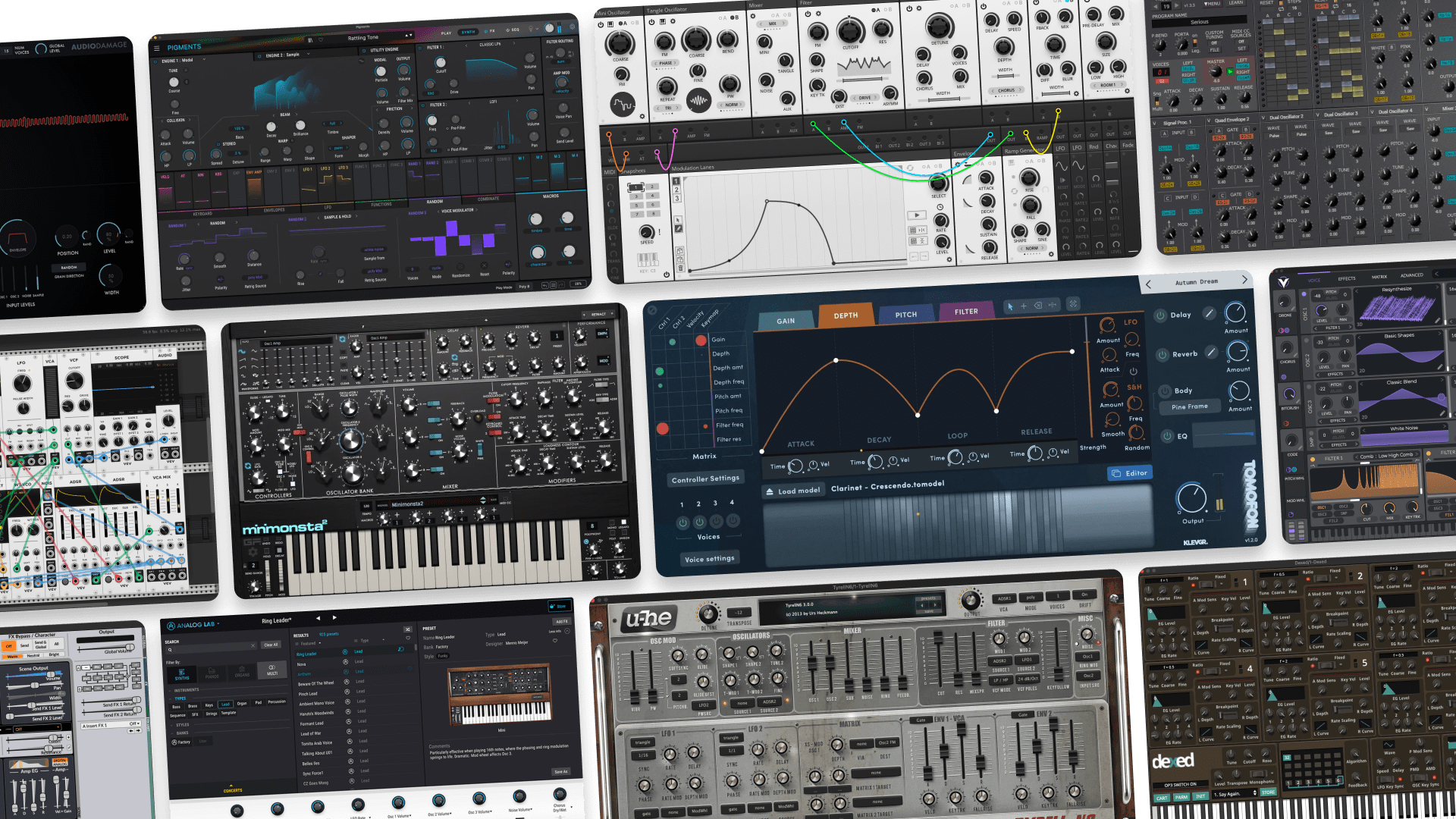
10 Totally Uncommon Ways to Better Your Mixes

Ways to avoid the grumpy mastering engineer adage: “garbage in, garbage out”.
Think like a listener
In the era of modern editing and correction tools, infinite tracks, and no outside-world time constraints, it’s super-easy to get carried away and disappear down the “The Perfect Mix” rabbit-hole. But people don’t listen to a mix, they listen to a song.
Very few sit and listen to music with an intense scowl on their face, hawkishly looking for mistakes. After all, if you really want to find mistakes in your mix, you will. Always.
Try to get the perspective of a fan:
- Whenever possible, take some real time (days) away from your productions.
- If something sticks out as sounding wrong, then it warrants fixing.
- If not and the song comes across as something you would enjoy listening to, then the mix is done: Time to move on.
Get to know your track before mixing
Before I start a mix, I bounce a rough “faders up” version and listen for a couple of days. Over time, approaches and ideas present themselves organically. Allow the music to dictate the mix and not the other way around. This sounds more Zen than it actually is but it’s a good way to get out of template-driven ruts and habits. Listen to your mix away from your computer. It gets you out of producer headspace and into music-fan headspace.
Mixing as arrangement
Edit!
Mixing is an extension of arrangement and orchestration. So when faced with a busy, dense mix, ask yourself if all the parts really need to be there before using every EQ, compression, and panning trick in the book. Giving individual parts space and “time off” will increase their impact. Use sounds that are complementary instead of similar (ie. layer a short, attack-y sound with softer, sustained sound). Approaching a mix as a musical arrangement instead of just a bunch of frequencies that need to be wrestled with, goes a long way.
Audition Your Mix with LANDR
Sometimes it’s smart to take a break, get some space and hear what the LANDR algorithm will do to your mix. From there you can identify what’s actually still a problem (have you been EQing that bass for 2-days? Can you stop?). It’s actually one of the most common uses of LANDR – which was a surprising, but cool discovery for us too.
Brooklyn’s Govales – who’s recently caught the attention of MistaJam, Zane Lowe and Gilles Peterson – started running his mixes through LANDR, before they were finished — it helped him highlight which parts still needed work.
Travel Your Mix
No doubt, that having the best monitoring setup (speakers, headphones) and room treatment is very important, but hearing your music in as many “real world” scenarios is a great workaround, especially if your home studio is on the budget side. Listen on laptop speakers, crappy earbuds, in the car, and even at your audiophile friend’s acoustically-perfect-subterranean-shrine-to-Steely Dan.
If it works on all these systems then your mix is as good as it gets. If not, make a note of what the problems are and go back to the mix and fix them.
Lather, rinse, repeat.
Get Weird
Making a mix sound balanced, defined, and well-proportioned is only part of the equation; A mix should also be hella interesting.
Get lost in experiments: run your vocal reverb through a granular synth. Vocode your drums with your synth pad. Reverse the delay that’s delaying the delay on your vibraphone, add tremolo, reverse it and add delay. The worst that can happen is it sounds bad and you start from scratch. The best that can happen is you stumble on something truly unique and develop your signature sound, a la “the Cher Effect”. Tip: don’t do this with a paying client in the room. Unless they’re cool with it. Some of them actually are.
Lower your goddamn levels :)
Now that we live in a 24-bit world, noise floors aren’t an issue anymore. So there is no reason to record or mix with every meter blazing red.
Recording too hot needlessly pushes your recording chain into harsh clipping territory. Aim for an average level of -18dB FS (or a peak level of around -10dB FS on your faders) and your signals will be safe from clipping. Plus you’ll save lots of headroom on your mix bus without resorting to limiters or continually pulling down your faders.
If your track needs to be louder then turn up the volume on your speakers. Save the “make it loud” step for mastering.
Your mixes will sound more open, detailed, and less fatiguing as a result.
Automate your faders
Compressors are great for taming wildly dynamic performances and adding character but relying on compression to set the level of your tracks, while leaving volume faders static, is a recipe for a lifeless mix. Once you’ve set a basic balance between all the elements, automate small fader rides. This will help parts fit together in a natural and musical way.
Resist the urge to Solo
Soloing a track is useful if you’re trying to clean up noises, or make sure your edits are tight. But avoid EQing and compressing things in solo mode. The natural tendency is to make all parts sound big and full on their own but this can cause elements to clash and compete when put together.
Mixing is about getting all the parts work together as a whole. Some parts might end up sounding thin and small when soloed, but that allows them to be placed easily and unobtrusively into the mix alongside the fuller lead elements.
F Everything
That’s right kids, filter everything. Well, maybe not everything, but a lot of things a lot of the time. The lowly high-pass and low-pass filters can be your best friends in a mix. Rolling off the lows, and even occasionally the highs, on tracks that don’t need them opens up a lot of space you didn’t even know you had.
Remember, don’t worry if the sound is a bit weird or thin when soloed. It only matters what it sounds like in context with everything else.
Gear guides, tips, tutorials, inspiration and more—delivered weekly.
Keep up with the LANDR Blog.






